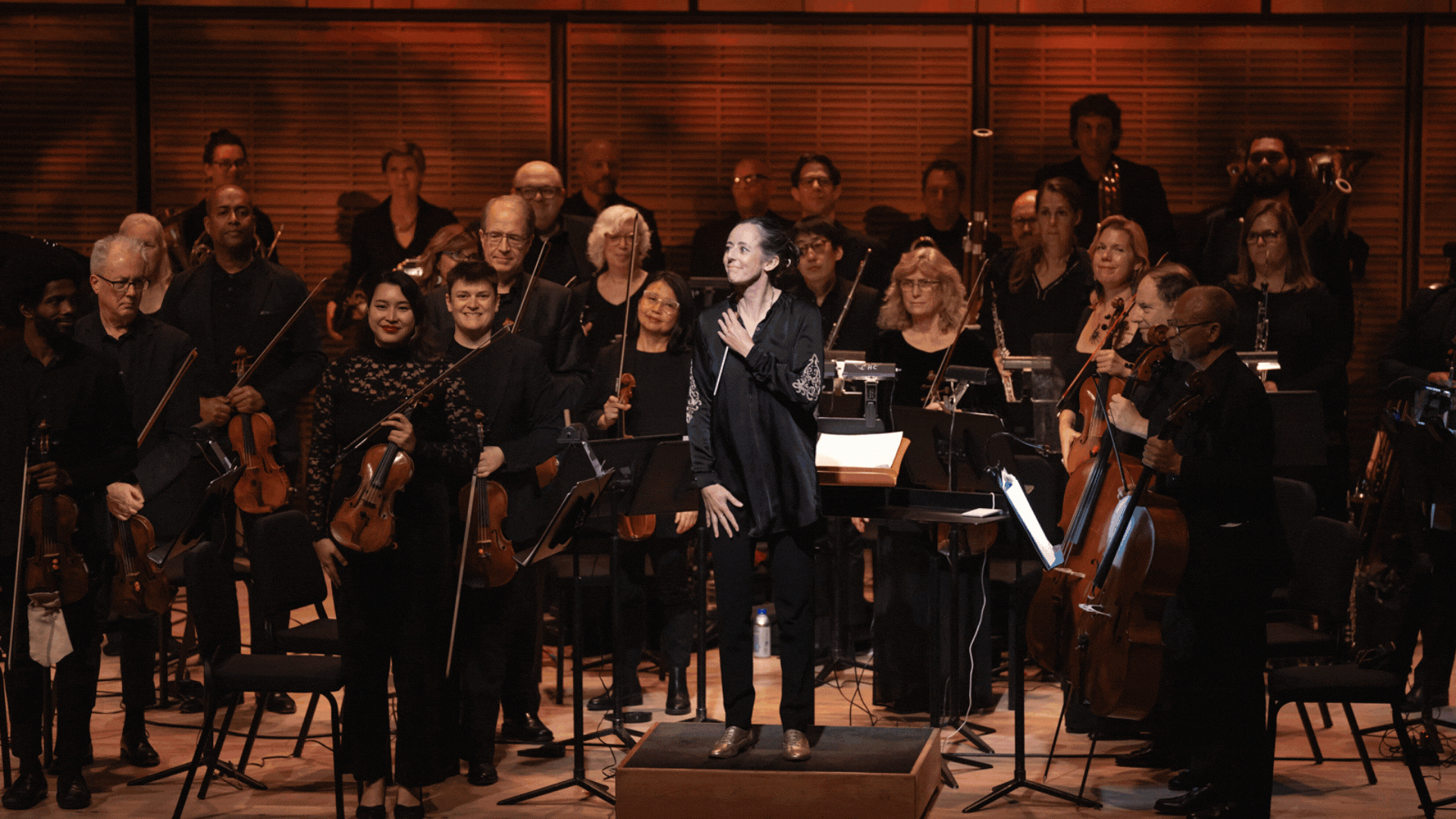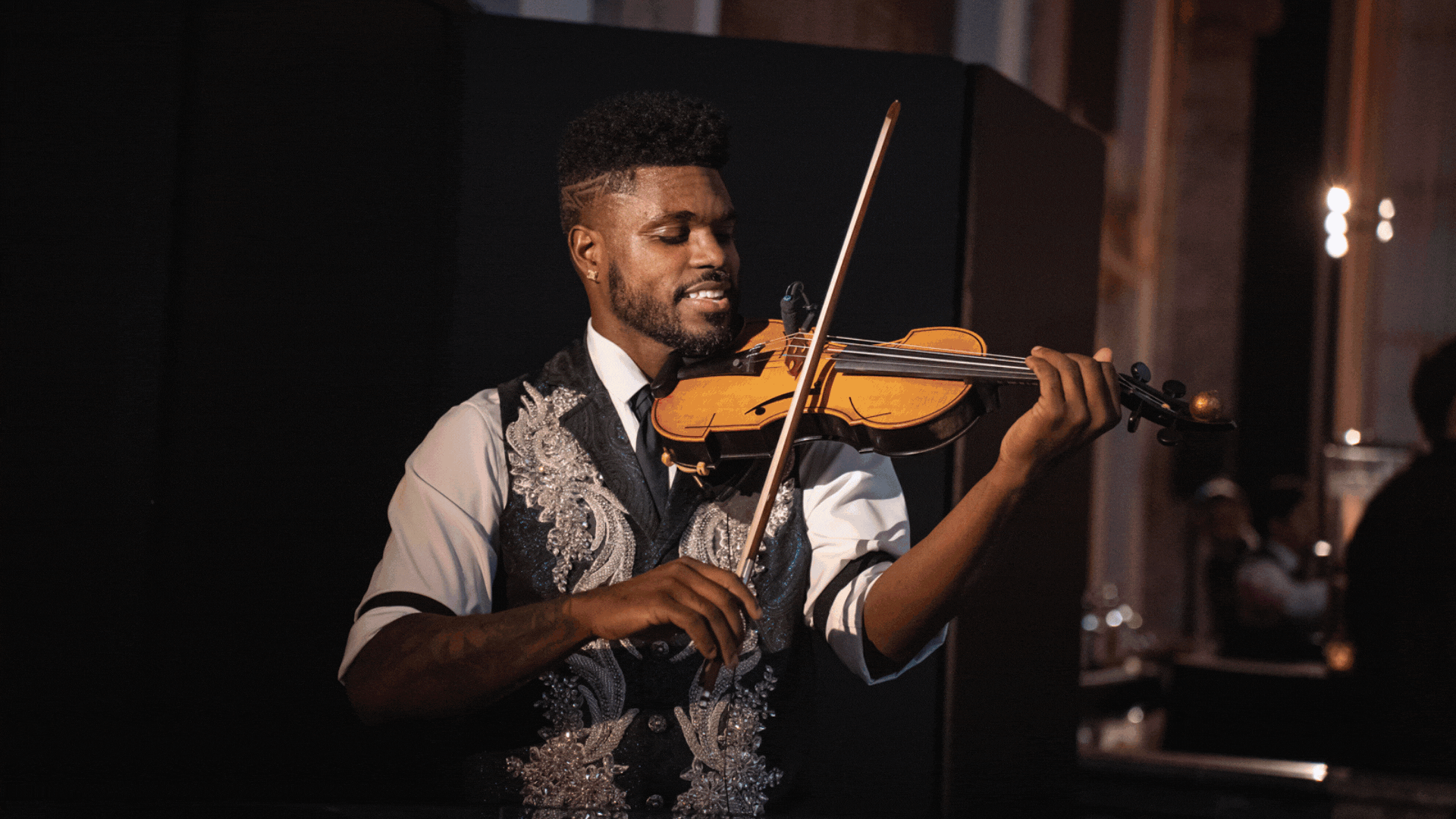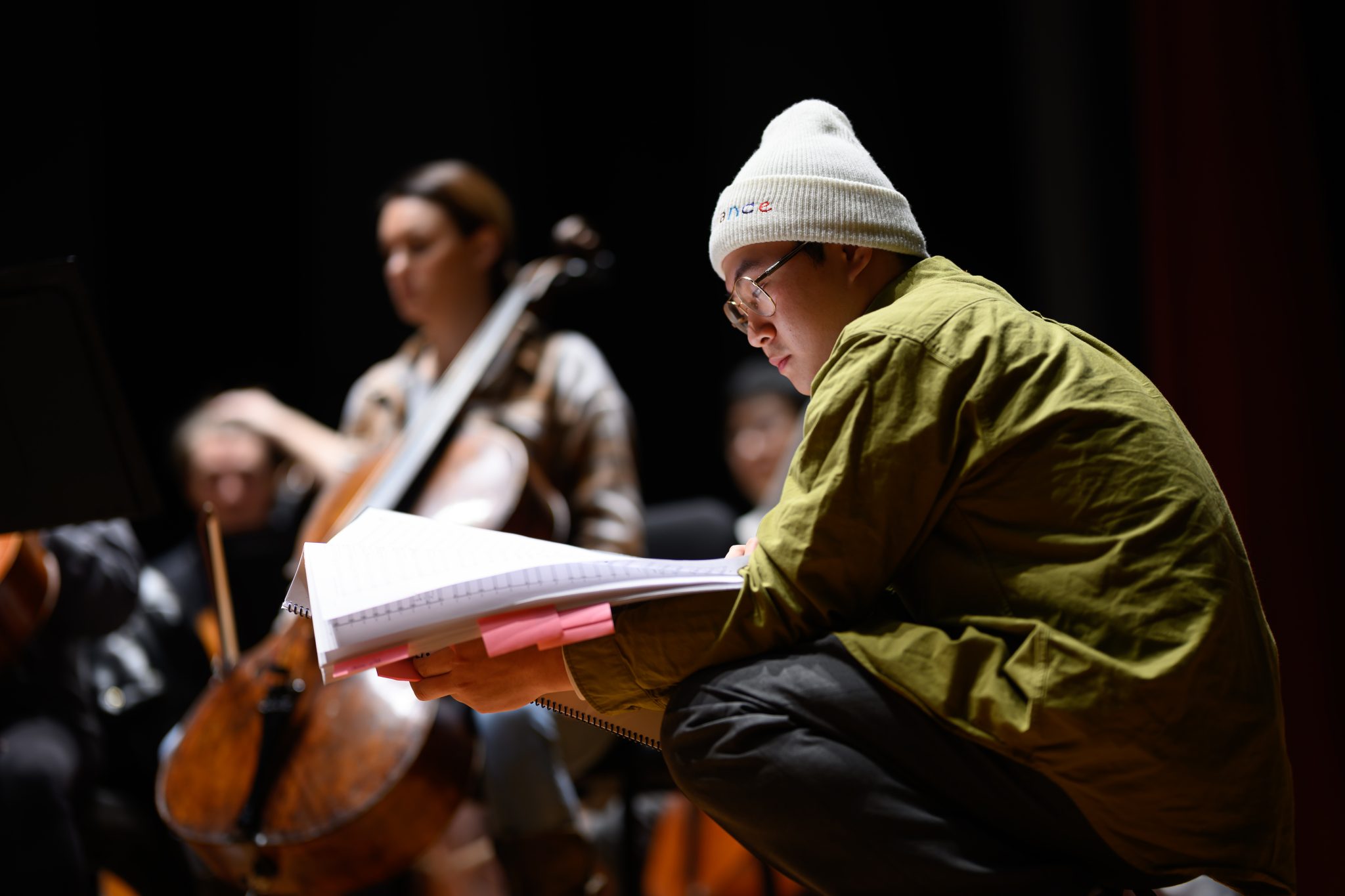SONiC Composer/Performer Spotlight - Hannah Lash
Composer and harpist Hannah Lash has been hailed as "striking and resourceful…handsomely brooding" by The New York Times. She has received commissions from The Fromm Foundation, Boston Symphony Orchestra, Alabama Symphony Orchestra, Los Angeles Chamber Orchestra, among many other institutions. Hannah's Concerto for Harp and Orchestra is a commission from the American Composers Orchestra, Carnegie Hall, and Cheswatyr Foundation and will receive its premiere this Friday, October 23, 2015 at ACO: Orchestra Underground - 21st Firsts, SONiC Festival's grand finale concert at Carnegie Hall's Zankel Hall.
Hannah was kind enough to answer a few questions about her composing process and her new concerto.

Composer and harpist Hannah Lash
American Composers Orchestra: This is your 9th orchestral work in 5 years. When writing Concerto for Harp and Orchestra, did you find that all of this recent experience in orchestral writing influenced the piece at all? Were you able to make less "mistakes" in how you approached things such as orchestration?
Hannah Lash: With each piece I write for orchestra, I learn something about how to orchestrate effectively, and what my relationship is to writing for orchestra. I find certain preferences persisting throughout many pieces for me; for example, I love creating sounds that have a "sheen" to them. I achieve this "sheen" with things like harp blended with string pizzicati and certain percussion, and the way I like to use the flute. I think of orchestral color as a structural element, so that I can go through a musical journey with my materials by shifting colors and illuminating ideas differently by orchestrating them in various ways.
ACO: What ways do you feel the harp influences what the orchestra is playing, and vice versa?
HL: Writing a harp concerto is tricky because the harp is so easily covered by the orchestra. So you have to be particularly delicate in the way you use the orchestra when you want the harp to be highlighted within a texture. I am very aware of this as a harpist with a lot of experience playing in orchestra and realizing that something I've worked really hard on to play beautifully cannot be heard above the rest of the orchestra. So when I'm writing something where I want the harp to be the main character, I tend to be incredibly aware of where the orchestra will have energy, and making sure that the harp has energy where the orchestra does not have as much, so the harp can really come out.
ACO: In your video profile from Harvard Magazine, you say, "for me it's very important to be in touch with my initial idea and be able to whittle it down to its very essence." Can you talk about your initial idea and its "essence" for Concerto for Harp and Orchestra?
HL: The material for the concerto is quite recognizable, even melodic. At its essence, it is a step-wise three-note cell, which is transposed in various different ways and threaded together and counterpointed. In the beginning, we hear it as a driving rhythmic figure, and by the end, it has become a melody counterpointed in such a way to suggest a kind of extended post-Mahlerian tonality.
ACO: Aside from 21st Firsts of course, which SONiC Festival concert are you most looking forward to?
HL: All of them! I wish I could attend every single one-- a lot of friends of mine are involved, and all the concerts are going to be tremendously exciting!! I'm going to go to everything I possibly can.
Follow Hannah on Facebook andTwitter
www.hannahlash.com
www.americancomposers.org
Corporate gifts to match employee contributions are made by Goldman Sachs, Deutsche Bank, Triton Container International Incorporated of North America, and Neiman Marcus.
Public funds are provided by the New York City Department of Cultural Affairs in partnership with the City Council, and the New York State Council on the Arts with the support of Governor Kathy Hochul and the New York State Legislature, Office of Brooklyn Borough President Reynoso, and the National Endowment for the Arts.






